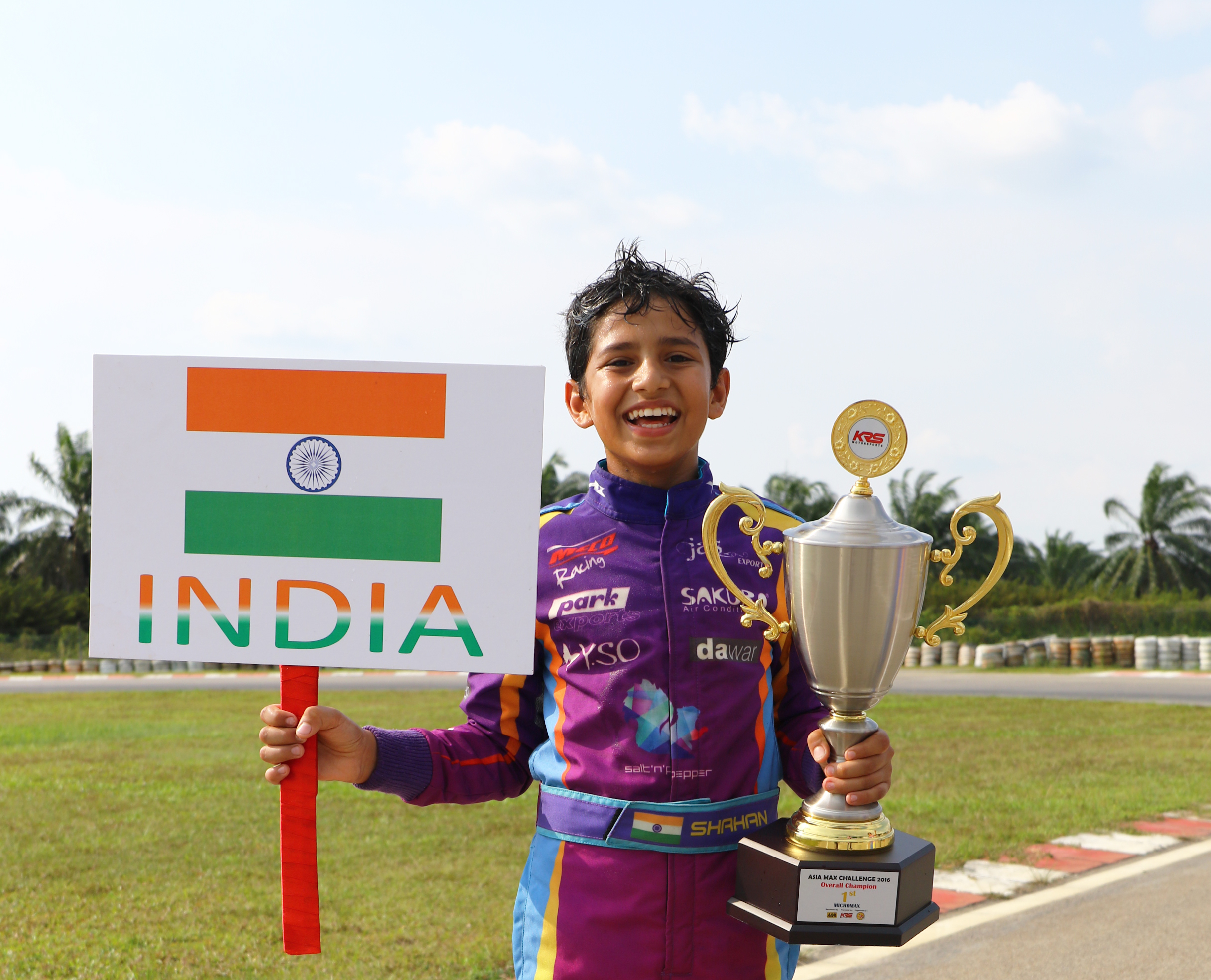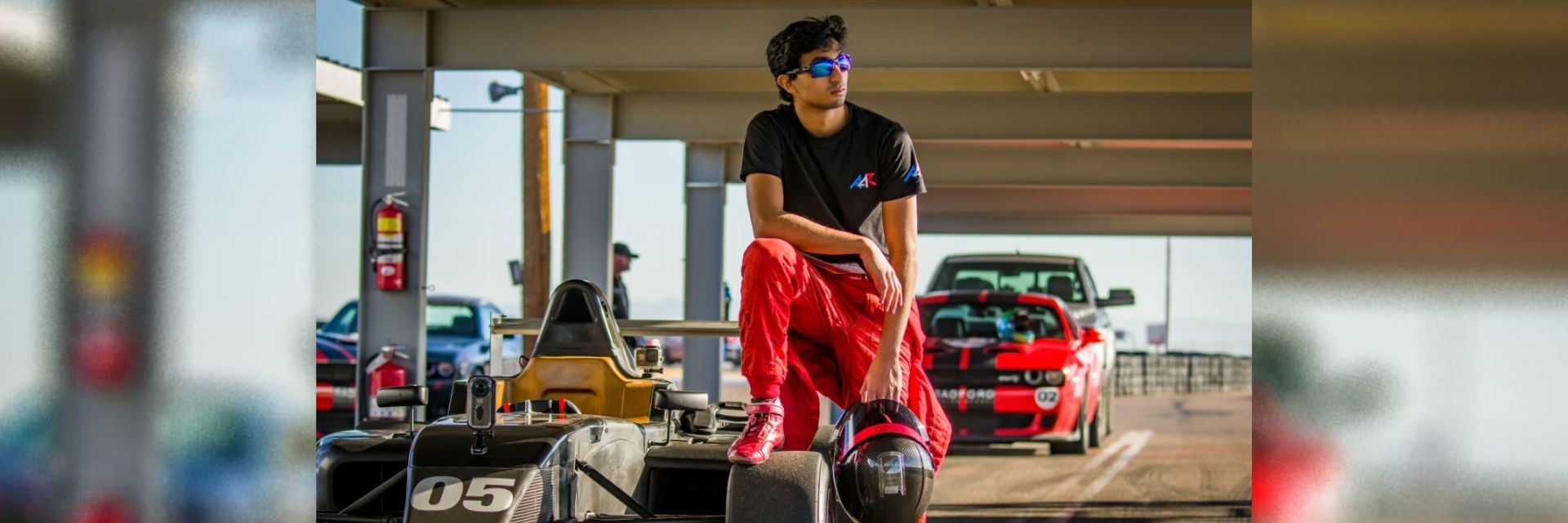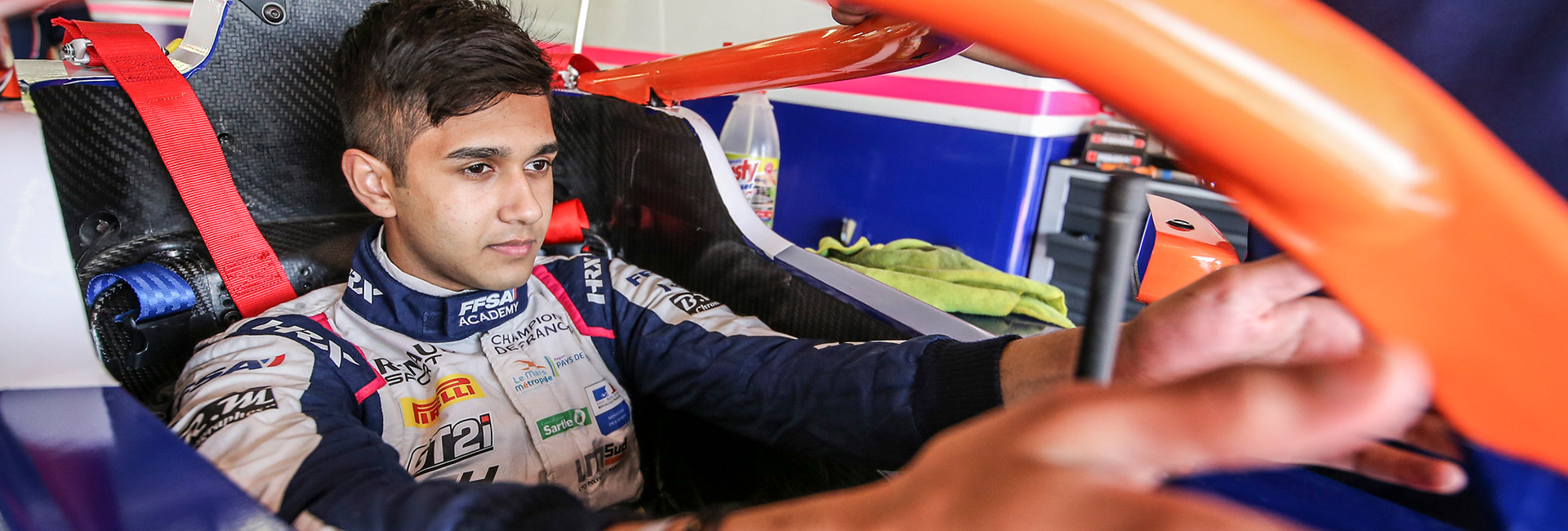(December 23, 2023) When most kids of his age were glued to cartoons on television, Shahan Ali Mohsin would watch motorsport racing. But his visit to the Indian Grand Prix changed it all for the teenager. Looking at the fast-speed cars, he knew he wanted to be on the track driving one. And now a few years later, he has become the first Indian to win the FIA Formula 4 car racing championship. The 19-year-old, who represents the Hyderabad Black Birds team, picked up the trophy at Madras International Circuit in Sriperumbudur, a town panchayat some 35 km away from Chennai.
View this post on Instagram
It’s nothing short of a dream come true for the teenager who has spent a considerable amount of his life on racetracks. It was in 2011 that he first visited Indian Grand Prix, and was determined to make a career in motorsports. Seeing his passion, his father Shahroo Mohsin, a shoe exporter based in Agra, did some research and soon enrolled Shahan at the Meco Motorsports Karting Academy in 2012. He adapted to it pretty soon. “In my first time driving a go-kart I was already pretty fast. Mr. Ebrahim (Akbar Ebrahim) coached me over the years, which helped me learn racecraft. In the first year itself, I was in the top five. And by the end of my first year in the national championship, I already had a podium. By the second year I was already in the top three, and I was leading the championship for a brief while as well,” he said in an interview.
The very next year, Shahan began competing in the Asian Rotax Championship. By the second season, he already managed a few podiums. At the age of 12, he won the Asian Championship’s Micro Max category and even had his first race in Europe at the Rotax Grand Festival. “In 2018, I returned to Europe to do the Central European Championship. I got one podium, a second place, there. I did the Rotax Grand Festival in 2017 as well, finishing fourth that year,” he added.

In 2018, Shahan faced a major setback while racing (Trofeo Andrea Margutti) in Italy when he felt a sudden pain in his ribcage. Upon his return to India, the MRI revealed a fracture in his left rib, which was caused by an injury in 2017 when he had a crash in the national championship. The injury kept him off the tracks for four months which Shahan describes as a difficult time. “I had to stay away from racing. I couldn’t do anything. There was no gym, no fitness, which was very boring for me. But in the first race after the injury, I was already on the pace. And the second race after that I won,” he revealed.
It was in 2019 when Shahan turned 15 that he switched from karting to single-seater with MRF F1600, making him the youngest single-seater driver in India. “The transition was difficult, but I adapted to it in one or two races. You’re moving from a kart of 80kg to a single-seater which is 500kg. It’s a big difference. And then you have aero, suspension, etc. Plus, in karting, you’ve got 30bhp, and in single-seaters you have 140-150bhp. It was a big difference in terms of engine and power. Then there was the gearbox. It took some time, but I adapted to it. There was a lot to learn,” he said in an interview.
Shahan credits his dad for the journey that he has been able to undertake in motorsports. The racer says that his dad always had a blueprint helping him navigate the course for the next few years. “He always had a plan, and he built me up from scratch. He moved me from the Indian national scene to Asia, then to Europe, and then to single-seaters,” added the teenager.
View this post on Instagram
For the next three years, he kept clinching awards that have cemented his position in the world of motorsports. In 2019, he was awarded Best Driver of the Year and in 2021, he won the Indian National Car Racing Championship followed by becoming the first Indian to race in the Indian Racing League in 2022. And now, he has become the first Indian to win the FIA (Fédération Internationale de l’Automobile) Formula 4 car racing championship.
The F4 cars, sanctioned by the FIA, are imported from France and are equipped with turbocharged Renault engines, allowing them to attain speeds of up to 250 km/hr. The Indian F4 Championship comprises a field of 12 drivers, including three from India, as well as representatives from various countries such as Australia, the US, Tasmania, England, UAE, Singapore, Malaysia, Vietnam, and a female driver from India.
“I have set a goal to make India proud by giving my best in the remaining races of the championship,” Shahan said.




